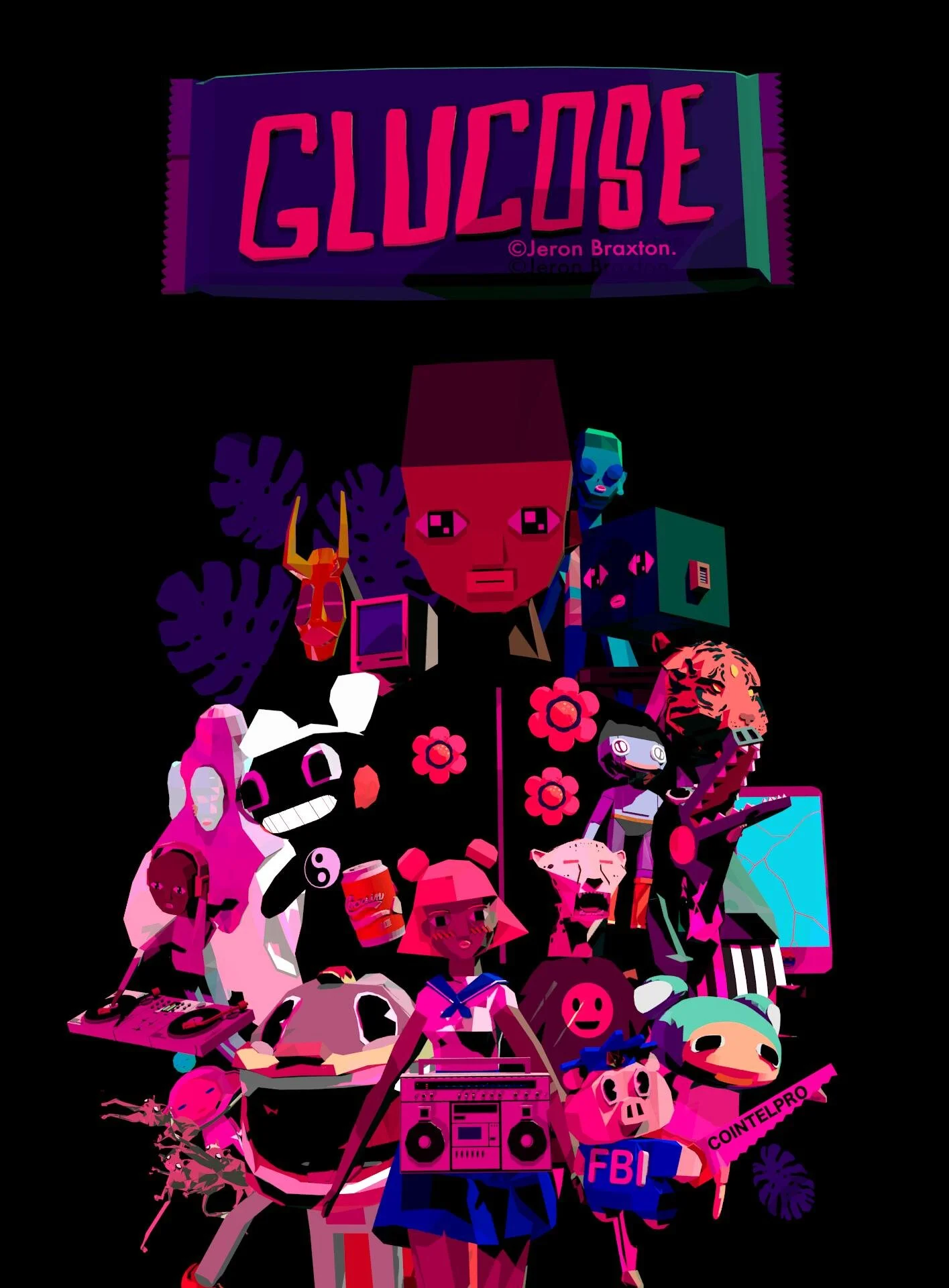Daily Times (Performer)
Daily Times (Performer) is a computer generated art piece by Siebren Versteeg. The piece, presented on a 70” vertical monitor, displays the front page of the day’s New York Times. Throughout the day, Versteeg’s algorithm slowly paints abstract brushstrokes over the front page rendering it unreadable, and by nightfall, completely covered. The monitor sits on the floor and leans against a wall, stacking up to be a bit taller than the average American. This allows for a viewer to take in the piece as an entity, or even provokes a sense of looking at a mirror.
The algorithm paints strokes in various hues and thicknesses, derived from the colors displayed in the newspaper each morning. As it paints, the algorithm occasionally leaves behind drips, simulating real life paint. The software does not stop until the next day’s headlines are available, painting on top of itself, layering dense swaths of pigment, resulting in a painting that would be indistinguishable from its original state. This process is then repeated daily, ultimately offering a new randomly generated abstract painting.
By 10 each morning, gallery attendants first opening the doors of the University of Denver’s Vicki Myhren Gallery say the screen has already been partially painted over. Even the very first eyes laid on this piece each day do not get to see the unadulterated New York Times front page. With the exception of staff, every single gallery visitor is viewing a doctored version of the news, and that is precisely the point.
Daily Times positions information as aesthetic. It reveals the news and its messages are in constant flux, changing so frequently and inundating readers constantly, it can be rendered meaningless. The thread of Versteeg’s interest in the consequences of information overflow can be traced throughout his career. Two of his many other artworks that also deeply examine the implications of a media saturated environment are As the World Turns and Today. The former predates Daily Times by four years, and is a performative piece wherein the artist records himself flashing written notes describing the plot of the soap opera of the same name: As the World Turns. It disseminates Versteeg’s preoccupation with “re-presenting” information, and what gets lost in that process. Today, alternatively, is another computer generated artwork, produced in 2017, following his interest in algorithmic art making seen in Daily Times. The software creates a composition comprised of thumbnail images of public figures and celebrities collected from news sources around the internet, and obscures them with brushstrokes. In the same vein as Daily Times, Today dissects the obfuscation of identity within cyberspace.
Versteeg’s continued use of computer generated brushstrokes stems from his interest in:
““painting’s long standing position as a litmus test for value in the art market.””
The artist cleverly takes something that is painfully common (or even considered the lowest common denominator of information to some), the front page of the New York Times, and strips it of its purpose and meaning to ultimately make it “valuable.”
Yet in its value, it does not reveal a clear author. When he sets out to obscure the news with “paint,” Versteeg also posits the question, “who is the creator?” The answer lies in its layered nature: the journalists wrote the stories, the editor put together the stories for the front page, Siebren Versteeg creates an algorithm that scrapes this news, and the algorithm itself transforms it. Like a game of telephone, information is obscured at every level. Even the medium with which Versteeg chose to assemble Daily Times nods to the daisy chain-like obscurity that is news dissemination. The LCD monitor displays the front page of the news, which is actually a screen grab of an image of the front page of a printed newspaper. This series of events serves to physically blur the news, because by the time the front page has ascended through all of these steps, the text on the screen is mostly unreadable and pixelated.
By design, it is meant to be an image and not a source of information. A viewer would have to watch the image for an uncomfortably long amount of time to detect any change in composition. Though Versteeg describes the brushstrokes as constantly moving, they work at a glacial pace, rendering the piece perceptibly static. A viewer’s experience with the piece, glancing and moving on without realizing the image is in flux, comments on the short attention span of humans in the “information boom.” In order to understand the purpose of Daily Times or a news story, or a documentary, a person must pay close attention and understand this information on a holistic level. This can feel impossible when news agencies and social media apps are sending push notifications to smartphones, and text alerts, and daily newsletters, and promotional emails on a seemingly endless basis.
With the simple act of digitally painting over the front page of the New York Times, Daily Times achieves all of these complexities in a single gesture. It is eye catching because it is familiar. Arguably every adult human can recognize the layout of a newspaper. Yet, its obscurity is what makes it interesting and contemplative. A viewer walks away not having known anything that the New York Times has written about that day, but perhaps enjoyed a piece of colorful abstract art. They know they’ve seen a digitally manipulated piece of news, and yet the most interesting part about that experience is that they have no idea what the world decided to care about that day, but at least they got to see a pretty piece of art.
Sources:
codes-algorithms.keenonmag.com/multidimensionalrelations/
www.siebrenversteeg.com/work_multiple.asp?uid=163
anthology.rhizome.org/daily-times-performer





